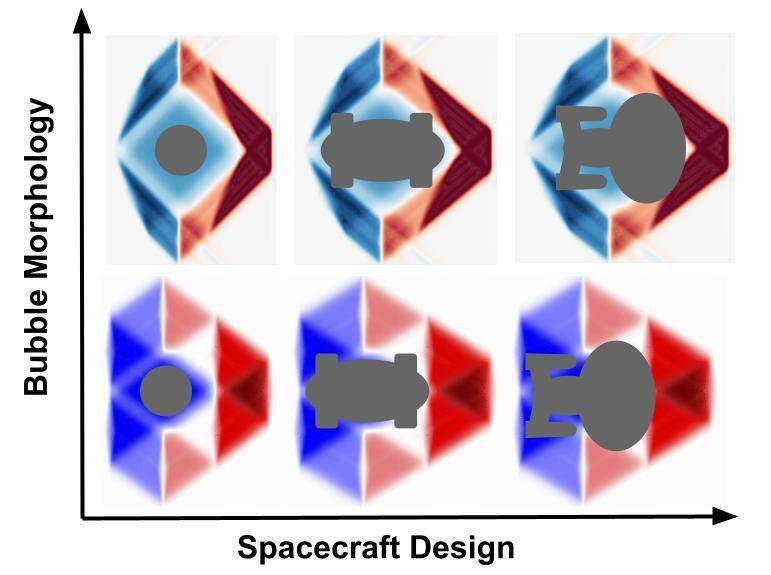So, there are solutions to Einstein's equations for General Relativity that allow for effective faster than light travel - you may have seen them referred to as real life "warp bubbles". The problem with them is that they need a lot of what physicists call "exotic matter" - matter with really weird properties like negative energy density, stuff that we have not observed in nature, and do not know how to make.
Someone's found some new solutions that don't require exotic matter. However, to move a ship of 100 meter radius, it'd take energies equivalent to the mass of a few hundred Jupiters.
But, that's progress, right?

 phys.org
phys.org
Someone's found some new solutions that don't require exotic matter. However, to move a ship of 100 meter radius, it'd take energies equivalent to the mass of a few hundred Jupiters.
But, that's progress, right?

Breaking the warp barrier for faster-than-light travel
If travel to distant stars within an individual's lifetime is going to be possible, a means of faster-than-light propulsion will have to be found. To date, even recent research about superluminal (faster-than-light) transport based on Einstein's theory of general relativity would require vast...


